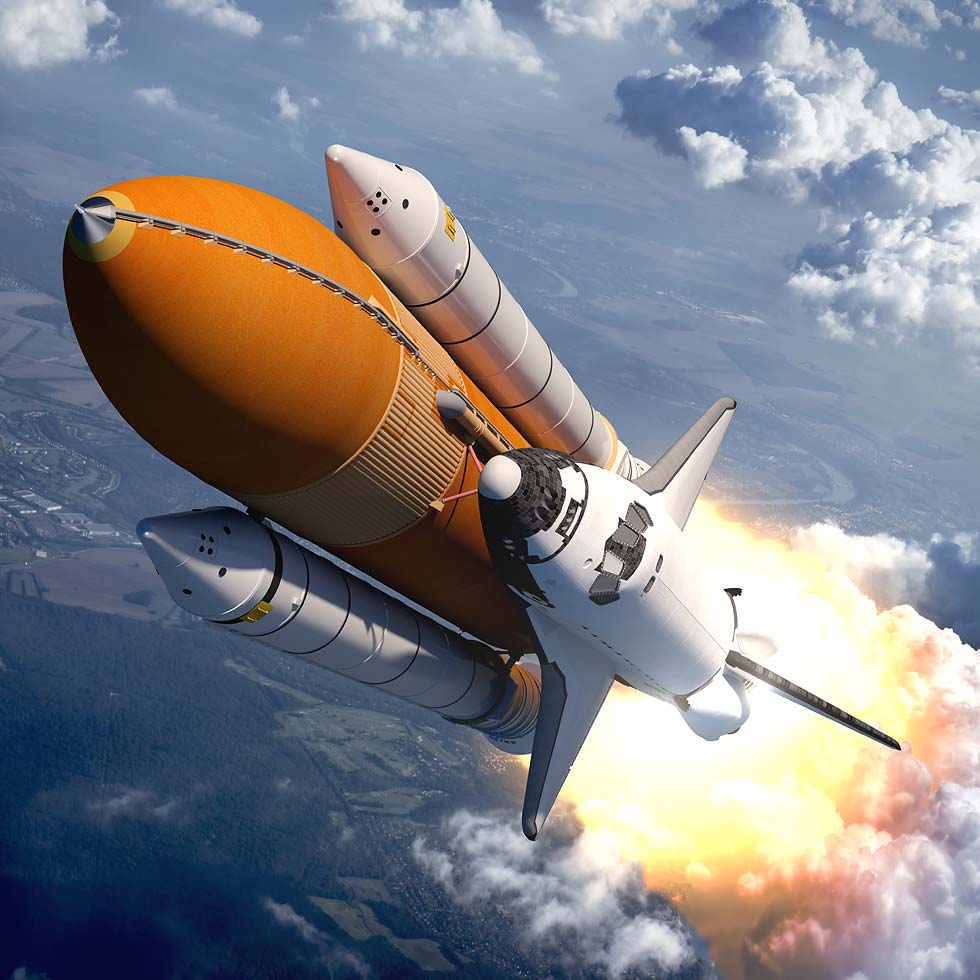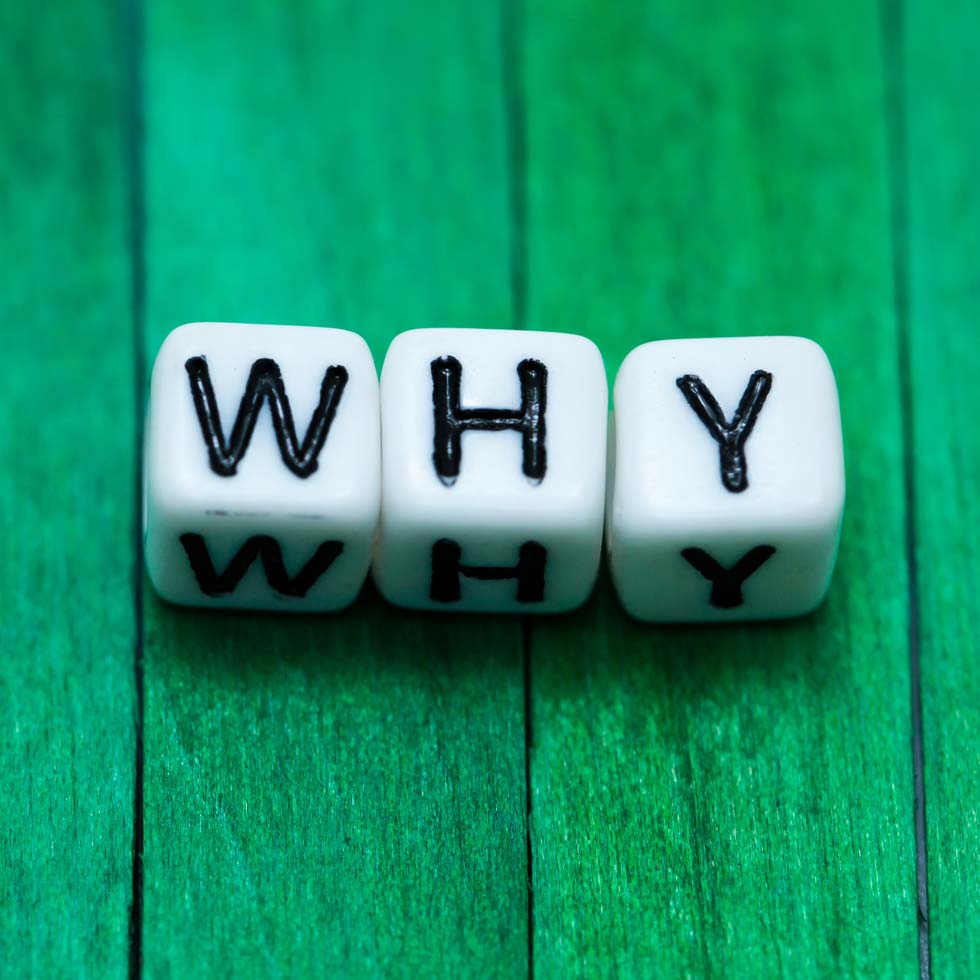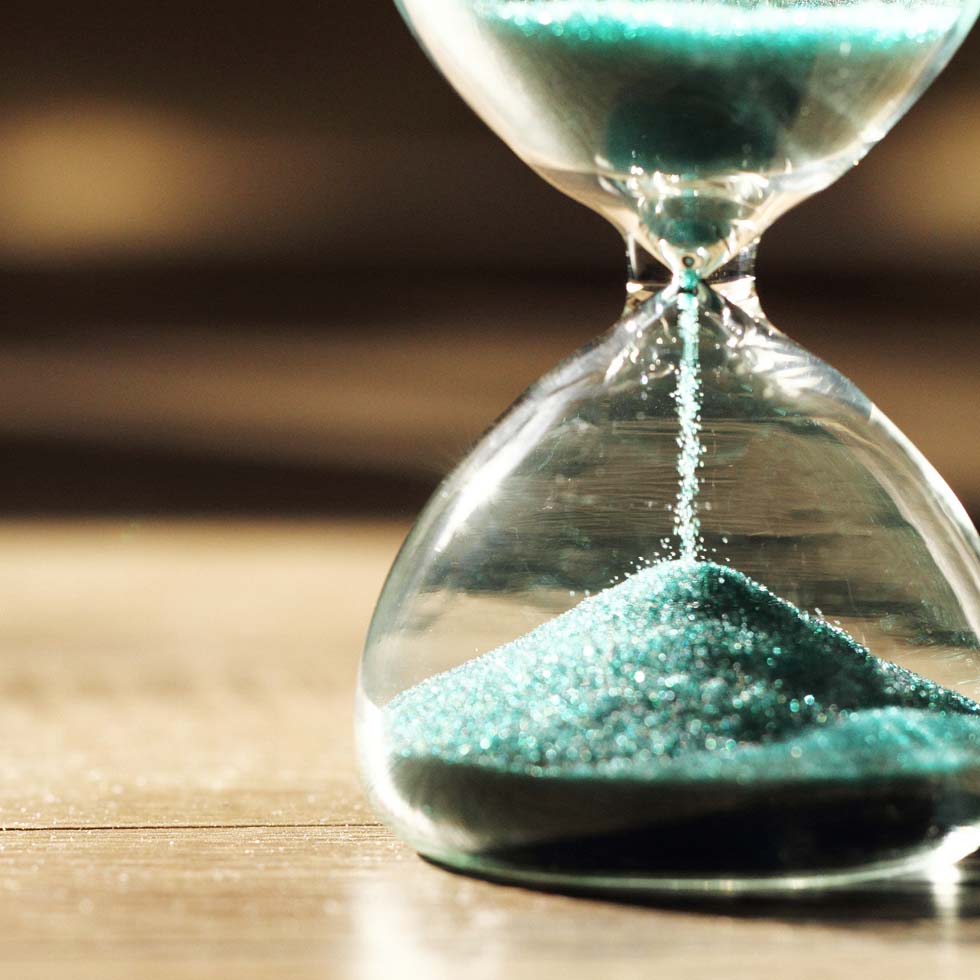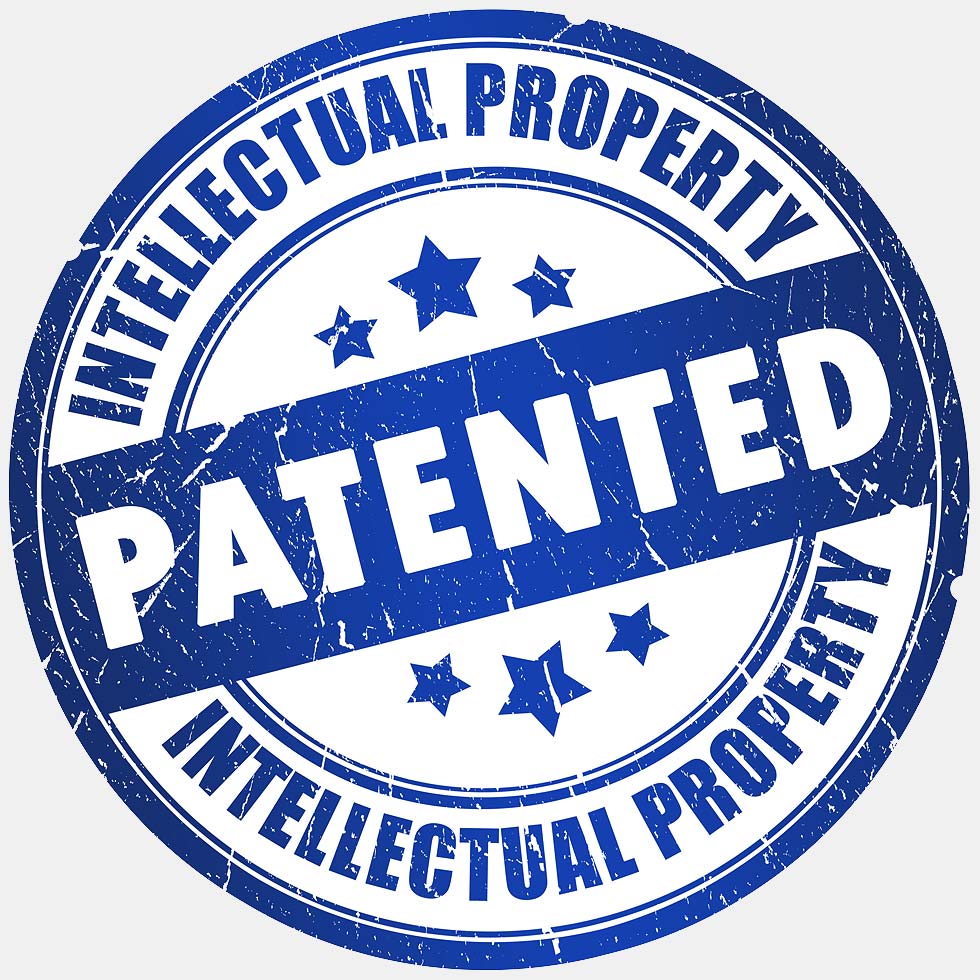Provisional Patent Applications: What You Need To Know, Part 11
U.S. Utility Patent Applications: What You Need To Know To Protect Your Invention And Your Profits. Who Can File A U.S. Utility Patent Application? An inventor or assignee (owner) who wants to obtain patent protection in the USA. Only an inventor or assignee (owner) of an invention can file for a U.S. utility patent application. You cannot apply for a patent for someone else's invention. However, an inventor can agree to assign any invention to you and then you will own the patent application that gets filed.









